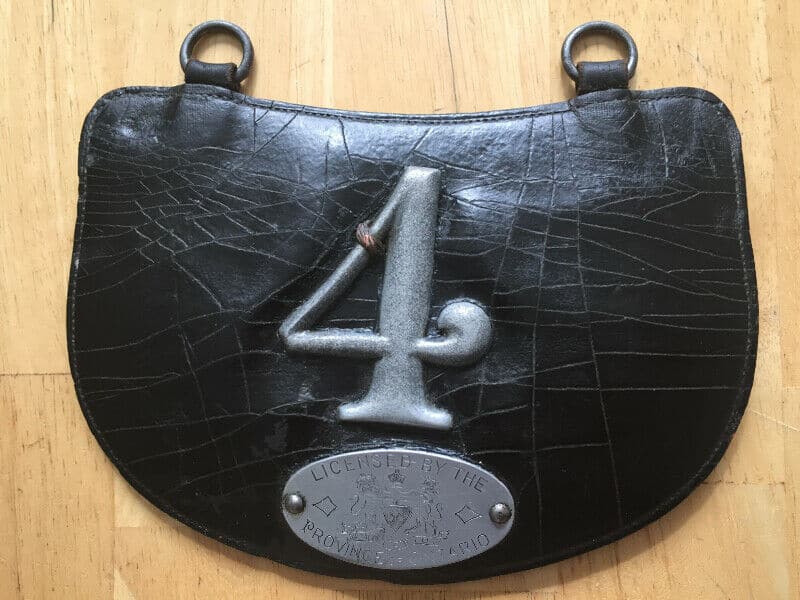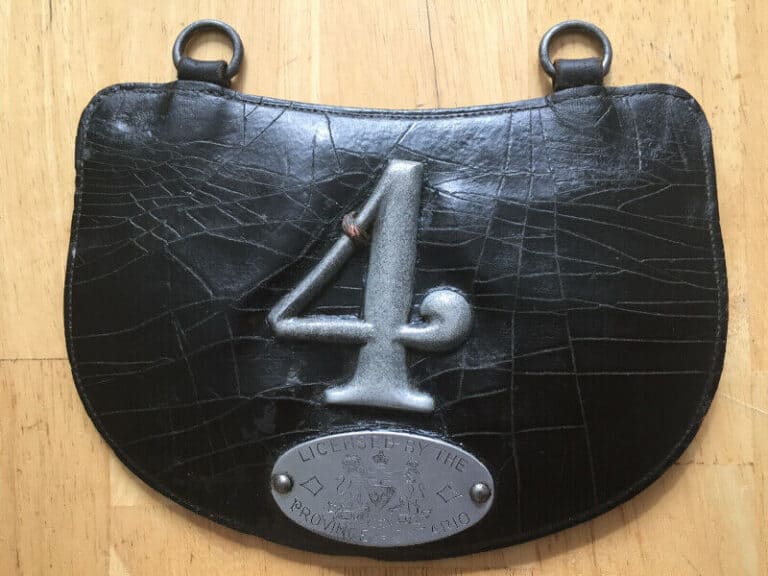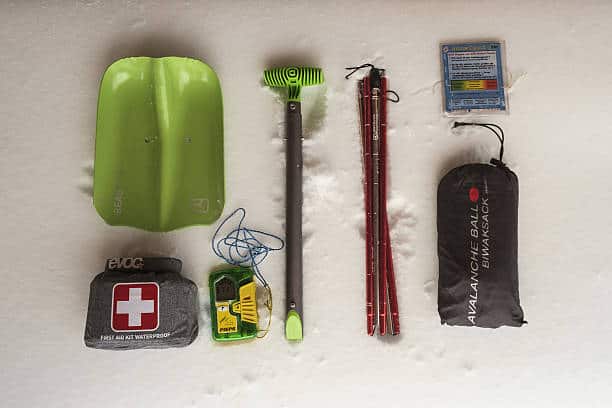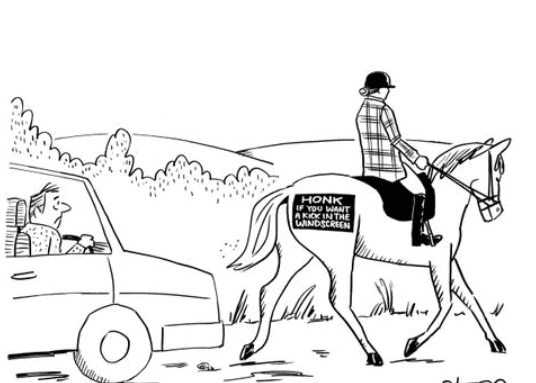The history of license plates in Canada reflects the evolution of the automobile industry and regulations.
The History of License Plates in Canada: From Leather Tags to Modern IDs
License plates in Canada have a rich and unique history that reflects the development of the automobile industry and government regulation. From handcrafted signs to high-tech designs, here’s how Canadian vehicle license plates have evolved over the years.
Early 1900s – The DIY License Plate Era (Pre-1903 to 1911)
Before government-issued plates existed, early Canadian vehicle owners were responsible for making their own license plates. These early Canadian license plates were often made from leather, wood, or metal, and displayed registration numbers assigned by local municipalities.
Each plate was unique, with numbers either painted or nailed onto the material. There was no standard format across provinces.
1903 – Ontario Introduces Official Vehicle Registration
In 1903, Ontario became the first Canadian province to require vehicle registration. While the government issued registration numbers, drivers still had to create their own license plates to display those numbers.
This was the beginning of formal vehicle licensing in Canada, although license plates were still not standardized across the country.
1911 – Canada’s First Government-Issued License Plates
Ontario began issuing government-manufactured license plates in 1911, followed by other provinces shortly after. These early official plates were made of porcelain enamel over steel, a material that looked good but was prone to cracking and damage.
1920s to 1950s – Standardization of License Plates in Canada
During this period, Canadian provinces began standardizing plate materials, sizes, and renewal processes. Porcelain was replaced by stamped steel, making plates more durable.
In 1928, Prince Edward Island became the first Canadian province to include a slogan on its license plates, featuring ‘Seed Potatoes and Foxes.
By the 1930s, license plates started to feature provincial slogans, symbols, and more consistent formats, laying the groundwork for the modern system we know today.
1956 – North American Standard License Plate Size
In 1956, Canada, the United States, and Mexico agreed to adopt a standard license plate size:
📏 6 inches by 12 inches, with uniform mounting holes.
This change allowed vehicle manufacturers to design cars that accommodated standardized plates, improving manufacturing efficiency across North America.
1970s to 1990s – Reflective Plates and Personalization
By the 1970s, provinces began using reflective backgrounds to improve visibility, especially at night. License plates also became more customized, with slogans such as:
-
Ontario – “Yours to Discover”
-
Quebec – “Je me souviens”
-
British Columbia – “Beautiful British Columbia”
This era also saw the rise of vanity plates, allowing drivers to personalize their plate text.
2000s to Present – High-Tech and Specialty Plates
Modern Canadian license plates include advanced security features, barcodes, and in some cases, scannable technology to enhance tracking and safety.
Many provinces now offer a wide range of specialty license plates that support charities, honour veterans, promote local causes, or feature custom designs for sports fans and organizations.
Some Canadian provinces have also expressed interest in digital license plates, which are currently being piloted in the United States.

📌 Fun Fact About Ontario License Plates
In 2020, Ontario briefly introduced blue reflective license plates with white text. However, they were quickly recalled due to visibility issues at night, making them a short-lived experiment in plate design.
Final Thoughts: License Plates in Canada Today
The history of vehicle license plates in Canada is more than just a timeline—it’s a story of innovation, regulation, and cultural identity. From homemade leather tags to today’s high-tech options, Canadian license plates continue to evolve with technology and society.




